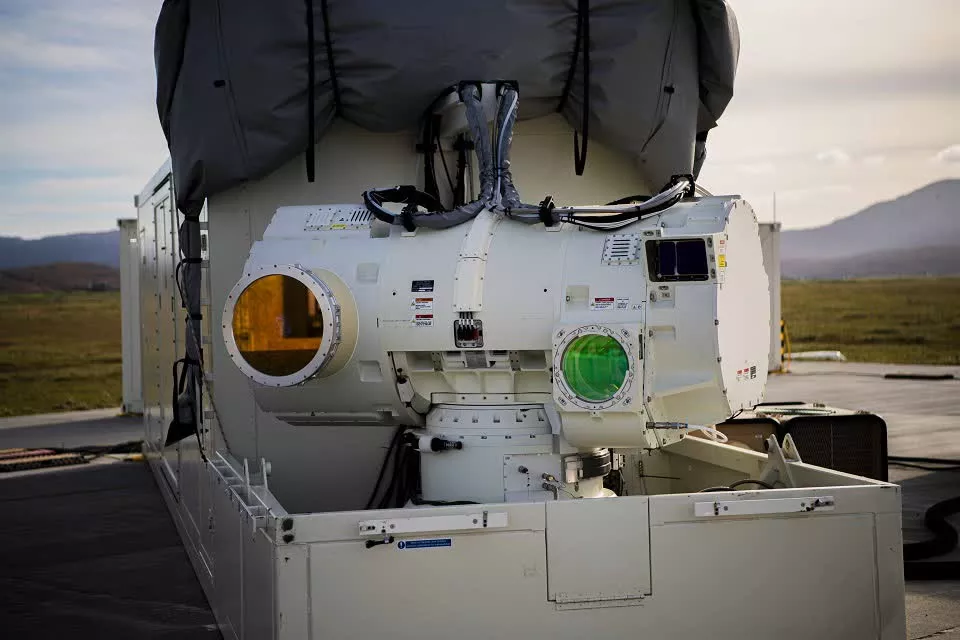Forward-looking: Laser weapons have steadily progressed in recent years, with the US successfully testing an aerial defense system that is theoretically more cost-effective than using physical ammunition. The UK has now achieved a similar milestone, suggesting that lasers could potentially replace missiles in certain situations.
The UK has successfully tested a laser weapon that is highly accurate and cost-effective.
Using an intense beam of light, the 50kW turret-mounted DragonFire weapon can cut through targets or cause explosions if a warhead is targeted. The exact range is classified, but it can strike any visible target at the speed of light with accuracy comparable to hitting a quarter from half a mile away.
The most significant advantage of laser weapons is cost. The all-electric system requires no physical ammunition, explosives, or propellant, and can theoretically fire an infinite number of shots as long as energy is available. Firing DragonFire for 10 seconds costs as much as running a standard heater for an hour, with each blast costs about $13 at most.
In comparison, the US Navy is currently firing missiles costing up to $2.1 million each to shoot down Houthi drones in the Red Sea.

The recent DragonFire trial marks the latest development in a £100 million program involving the Defence Science and Technology Laboratory, the UK Ministry of Defence, and private companies MBDA, Leonardo, and QinetiQ. Although the Royal Army and Navy currently have no concrete plans to deploy lasers, both could potentially use them for air defense.
Earlier tests validated DragonFire’s ability to track moving air and sea targets. In 2022, the US Navy tested a similar system called Layered Laser Defense (LLD), successfully downing drones and indicating its capability against subsonic cruise missiles. Firing LLD costs around $1 per shot and can also disable sensors.
However, deploying lasers presents challenges and trade-offs. Finding space and energy to install them on existing vessels is a primary obstacle. The weapons are also sensitive to environmental conditions like fog, and missiles remain more effective at hitting targets beyond visual range. Additionally, a laser requires a few seconds of sustained fire to destroy a target. Despite these challenges, these once-fictional weapons could play a significant role in the future.

